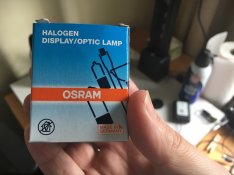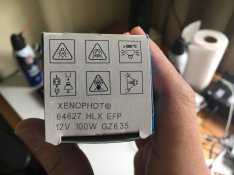I am struggling to calibrate the analyser for the Kaiser MG head. Should be straitforward, I use Ilford IV MG RC papers, the goal is only calibrate for head filters. But I messed it. I am not sure for which grades in the analyser I am supposed to set acquired data for the exposure ofset. The head has filters 0-5, the 00 is missing. So I have 6 fiter grades, not 7. Entry for calibration starts with 00. I thought I can write there the same data for 0, but the analyser recalculates ISO down from the 00, which gives me strange results on paper. Are here some Kaiser users who could shed light to the issue?
Many thanks
Petr
Many thanks
Petr












